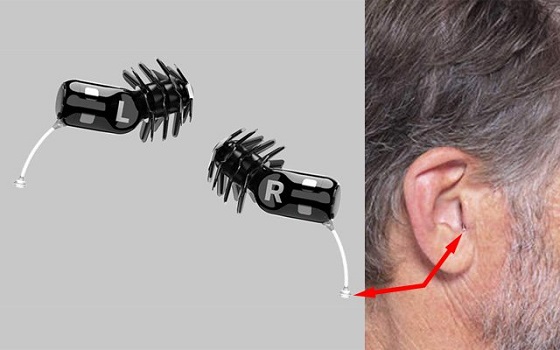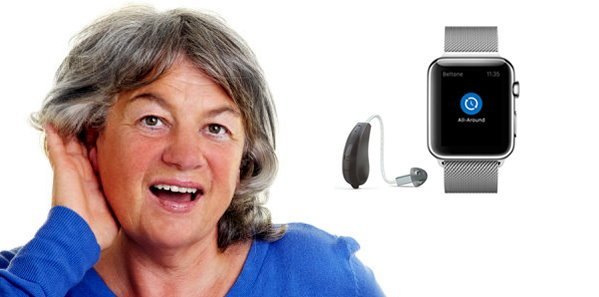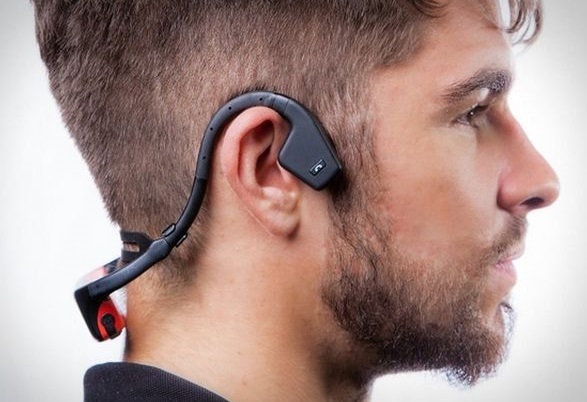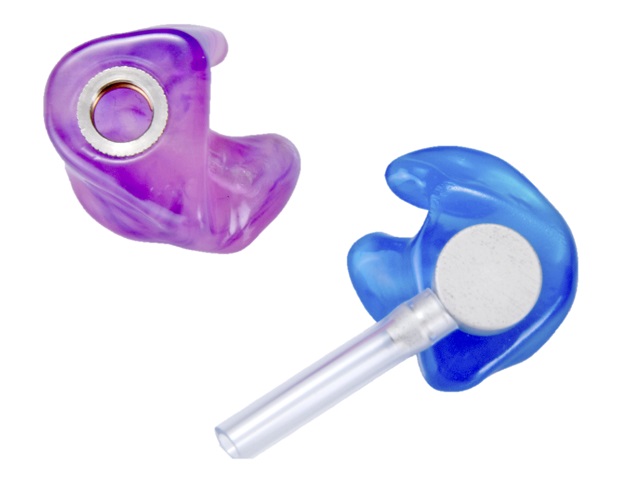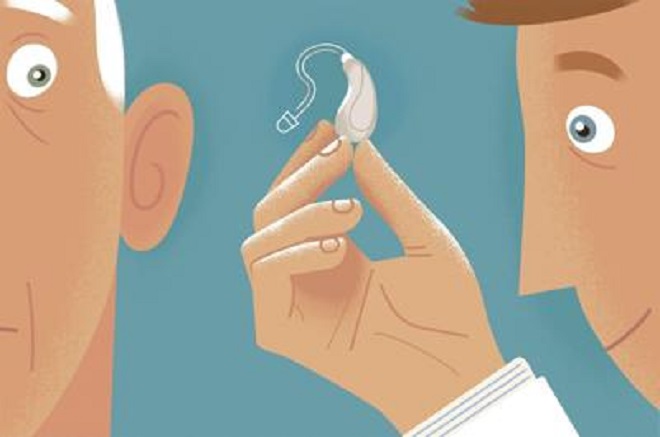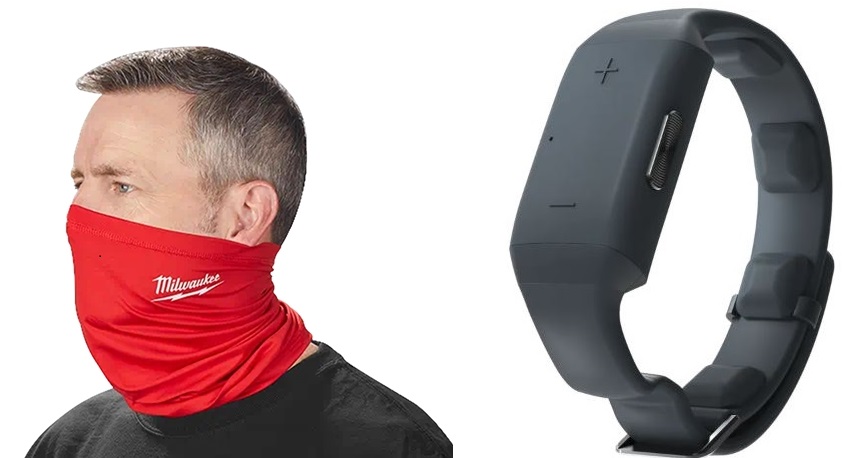
And if you also wear glasses it is even worse. There are some tactics that will prevent or minimize the likelihood of loss. And if you have hearing aids that are fully into the ear, for example, the Eargo models, there is very little likelihood that you would lose them. But if you are wearing a style that doesn’t have ear loops, such as the Milwaukee Face Shield Gaiter 4223R, you only have to worry about your glasses. Alternatively, you could purchase a NeoSensory Buzz hearing aid, which is worn on your wrist.

